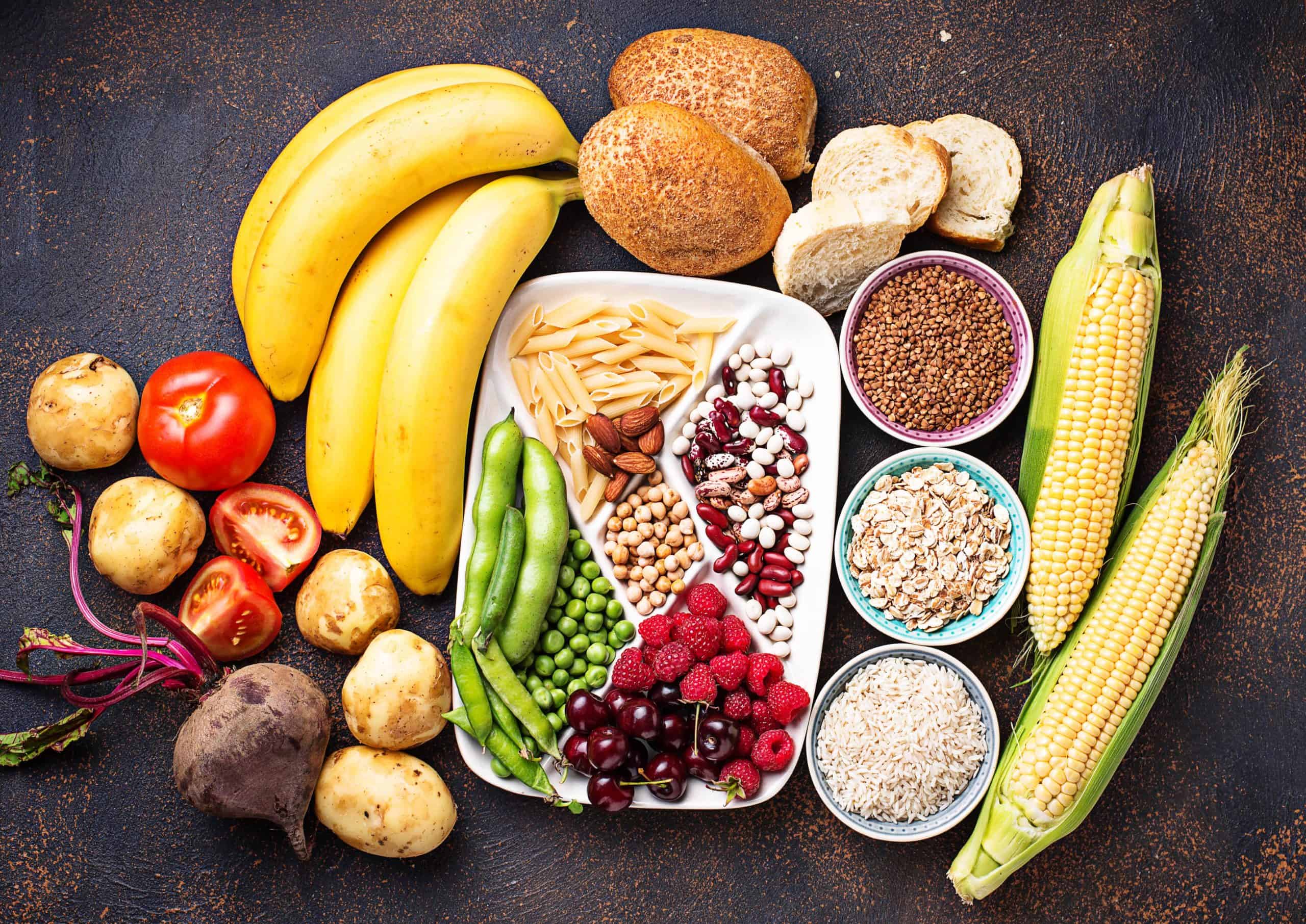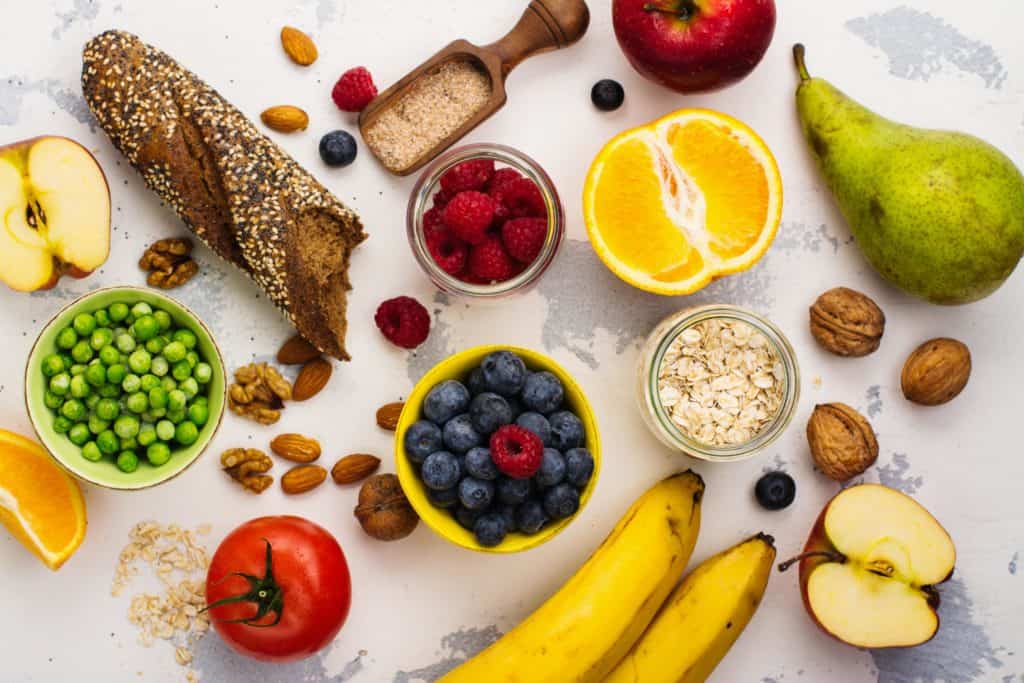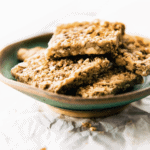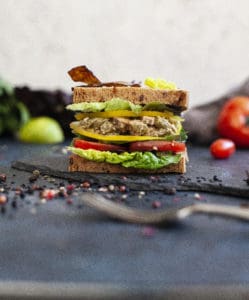What Is a Low-Residue Diet?
The low residue foods help reduce the number of feces carried in the colon, in order to either empty it out or to alleviate pain caused by inflammation.
The result of reducing the number of feces found in the colon can mean lessening symptoms in those suffering from irritable bowel syndrome, ulcerative colitis, and Crohn’s Disease. The low-residue diet is a godsend for people in those conditions because it allows the bowel to rest. This prevents further flare-ups and irritation.
What Foods Does It Consist Of?
We’ve been taught that fiber is nutritionally beneficial for us because it is. This is why some of the low fiber foods you’ll need to eat on the low-residue diet aren’t exactly the healthiest. You’ll understand what we mean after looking at the list of foods you’re allowed to eat on the diet.
You can still eat vegetables, as long as they’re low fiber vegetables. You can also eat low fiber fruits and low fiber cereals. Take a look at the low residue diet food list that follows:
- White bread
- White rice
- Sugar
- Jelly
- Honey
- Syrup
- Plain candy (no nuts)
- Poultry
- Fish
- Eggs
- Milk
- Potatoes (white and sweet, without skin)
- Cooked vegetables such as asparagus, beets, carrots, chard, green beans, wax beans, bean sprouts, and mushrooms
- Fruit such as bananas, cantaloupe, watermelon, and honeydew
That’s not the entire list of food you’re allowed to eat. Nor does it include the foods you should avoid. For a comprehensive list that you can follow during the diet, this low residue diet pdf is a great resource.
What Changes Do I Need to Make If I want to Commit to This?
You will need to be prepared to go against many of the things you’ve been taught, which includes eating healthy whole grains and things like whole-wheat bread and brown rice. You’ll need to eliminate any and all grains. This consists of nuts and any type of bran. Just think about the kind of food that encourages you to have a bowel movement, and avoid it.
That’s only true of foods, though. You can still drink coffee, even if it encourages a bowel movement. This is because coffee simply moves things along in the intestinal tract. It doesn’t cause any feces to develop in the colon. The main point of the diet is to discourage feces from being developed.
What Does a Typical Day on This Diet Look Like?

Knowing where to start with this kind of diet can feel overwhelming. It’s best to look at some examples so that you can get a better sense of what kind of meals you can make and what a typical day on the diet will look like. Below are some examples of low fiber diet menus:
Breakfast
- Cup of coffee
- Bowl of cornflakes
- A banana
Lunch
- Glass of milk
- A ham sandwich on white bread with mustard and American cheese
- A cup of vegetable soup (only with allowed vegetables)
Snack
- A glass of grape juice
- Cottage cheese
- Applesauce
Dinner
- A can of soda
- Roast beef
- Mashed potatoes
- Asparagus
Dessert
- A piece of cake
Who Is the Low-Residue Diet For?
Let’s start by saying who it’s not for. It’s not for someone looking to lose a bunch of weight. This diet is designed to help alleviate the impact of certain health conditions, and in some cases, prepare a patient for surgery. It’s not meant to be a get skinny quick fad, and shouldn’t be used as such.
So, who should use it? People who are:
- Prepping for a colonoscopy
- Experiencing a bowel flare-up due to a condition, such as ulcerative colitis, inflammatory bowel disease, or Crohn’s Disease
- Undergoing radiation or chemotherapy treatments, and are dealing with an inflamed bowel as a side effect
- Having issues with vowel tumors
Does It Really Work?
Yes! This low-residue diet really works. When your goal is to eliminate waste from your intestinal tract, this diet works wonders. It can be incredibly beneficial for people suffering from things like irritable bowel syndrome.
By preventing feces from being made in the body, it gives your colon a much-needed break. For cancer patients going through radiation or chemotherapy, this can offer a much-needed respite. For people with Crohn’s Disease or ulcerative colitis, this can also alleviate a lot of pain. There are many benefits to this special low-fiber diet when it’s followed correctly and used for the right reasons.
Are There Any Tips for Sticking to It?
As with anything, the way you stick to this diet is by being prepared. How do you make certain that you’re prepared? By doing the following:
- Write out a meal plan – If you’re going to be on the diet for 14 days, then write out your meals for all 14 days. If you’re going to be on it for 7, then write out your meals for 7 days. It’s far easier to follow if you can look at a meal chart and know exactly what you’ll be eating that day. It takes out the guesswork, which makes you less likely to cheat.
- Go grocery shopping – Before you even begin the diet, make sure you go to the grocery store and purchase everything you’ll need for the duration of the diet. If an ingredient isn’t in the house, you’re less likely to stick to the plan.
Takeaway
So, what is a low residue diet? It’s a method of eating low residue diet recipes that allow the colon to rest. If you suffer from a medical ailment that impacts the bowel, or you are about to undergo a colonoscopy, then finding a low fiber food chart and following the diet can be a beneficial route for you. Just be sure you consult your doctor first.







